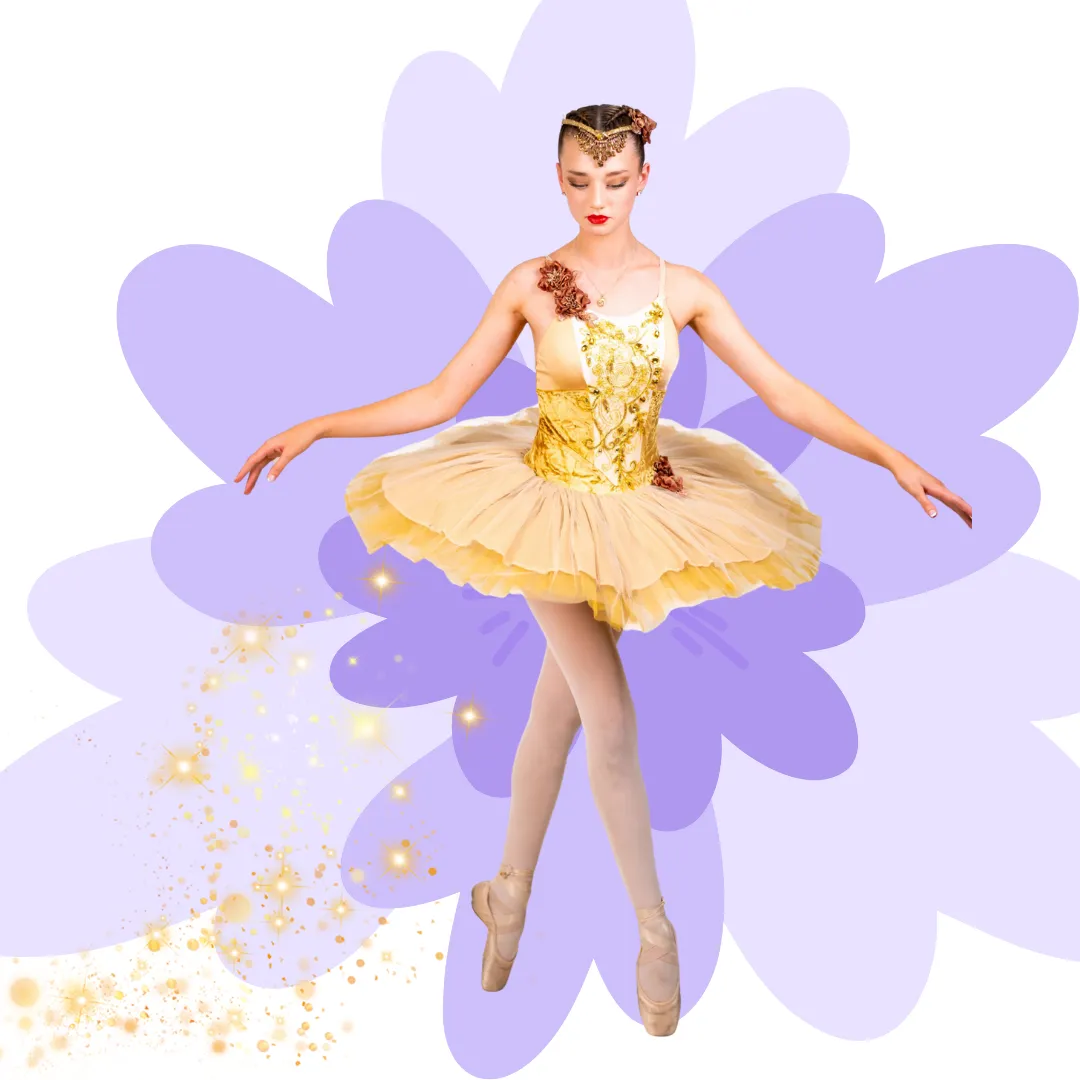
The Australian Cecchetti Path: Purity, Longevity, and Versatility
The Australian Cecchetti Path: Purity, Longevity, and Versatility
The Cecchetti Method, as taught in Australia, is more than a technique; it is a codified educational syllabus designed to create intelligent, anatomically sound, and highly versatile dancers. Its emphasis on purity of line, sequential development, and core technical principles ensures a foundation that supports a professional career in any dance style.

1. The Power of Sequential Mastery
The Australian syllabus follows a clear, step-by-step structure where each grade builds on the last — developing not just movement skills, but intelligent, thoughtful dancers.
Anatomical Integrity:
Training within the Cecchetti system prioritises correct body alignment and natural range of motion, focusing on safe, unforced turnout and efficient use of the body’s mechanics1. This scientific approach prevents injury and promotes longevity.
The Weekly Routine:
Maestro Enrico Cecchetti developed a system of exercises for each day of the week2, ensuring balanced muscular development and a complete physical education. This weekly discipline strengthens, stretches, and coordinates the body in a consistent cycle.
Self-Reliance:
Dancers are encouraged to understand why movements are executed a certain way. This deep internalisation fosters adaptability—Cecchetti-trained dancers can confidently learn new choreography, as they comprehend the physics of balance, weight transfer, and controlled energy.

2. Purity of Line and Seamless Connection
Cecchetti-trained dancers are instantly recognisable for their precision, clarity of movement, and elegant upper body coordination.
Port de Bras and Épaulement:
A defining feature of the Cecchetti method is its refined use of the arms and torso3. The port de bras and épaulement are not decorative—they enhance balance, generate motion, and express dramatic intent, creating a harmonious connection between technique and artistry.
Clean Footwork and Speed:
The training demands precision and agility in petit allegro (small jumps) and intricate footwork, developing articulation and speed. This clarity underpins excellence not only in ballet, but also in jazz, tap, and contemporary styles.
Poise and Aplomb:
The method cultivates impeccable aplomb (steadiness) through strong core engagement and pure alignment. This internal balance allows the dancer to perform complex movements—such as sustained pirouettes and off-centre balances—with effortlessness and grace.
3. Artistry and Performance
While grounded in classical discipline, the Cecchetti syllabus celebrates artistic individuality and performance quality.
Musicality and Expression:
Dancers are trained to interpret the phrasing and dynamics of music, not merely count its rhythm. This nurtures expressive depth and lyrical sensitivity, giving each performance emotional resonance.
Stage Presence:
From the earliest levels, Cecchetti students learn to perform with awareness of the audience and confidence in their presentation. This stage readiness allows them to transition seamlessly into any performance context—from classical ballet to musical theatre and contemporary dance.
Conclusion
The Australian Cecchetti Method offers a safe, structured, and comprehensive dance education. It shapes dancers who are technically grounded, mentally sharp, and artistically expressive—embodying the values of purity, longevity, and versatility that define Cecchetti Ballet Australia.
Footnotes
The Cecchetti Method is distinct for its focus on anatomical precision and understanding of movement mechanics.
Maestro Enrico Cecchetti famously developed six sets of exercises—one for each day of the working week—to ensure balanced and holistic physical training.
The complex coordination of port de bras (arm movements) and épaulement (head and shoulder placement) is a hallmark of Cecchetti’s artistic and technical philosophy.
